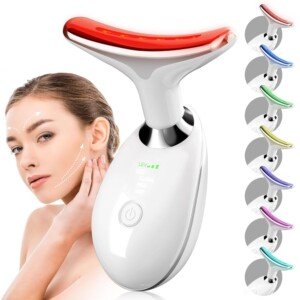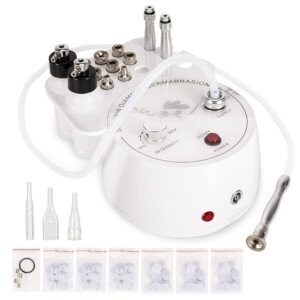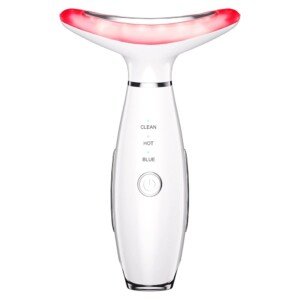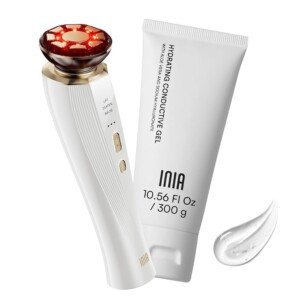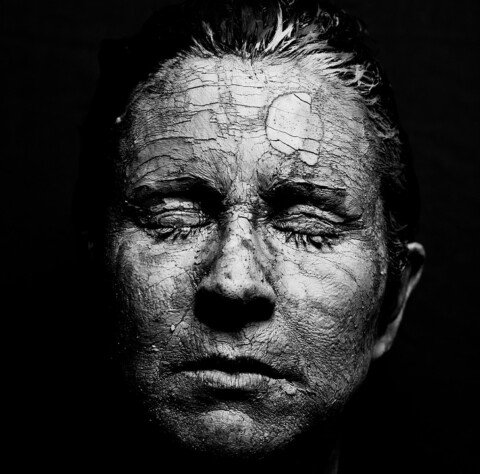Introduction
LED (Light Emitting Diode) light therapy, now a staple in modern skincare, has a fascinating origin that traces back to space exploration. Initially developed by NASA to support plant growth and wound healing in space, LED technology has evolved into a powerful tool for dermatology and aesthetic treatments. Today, it is widely used for reducing acne, stimulating collagen production, and improving overall skin health.
NASA’s Role in the Birth of LED Therapy
In the 1990s, NASA scientists explored ways to facilitate plant growth in space missions to sustain astronauts on long-term expeditions. Their research led them to discover the benefits of LED light on plant cell stimulation. Later, they found that LEDs also had remarkable effects on human tissue—particularly red and near-infrared light, which promoted wound healing and tissue repair.
The same technology that helped heal wounds in zero gravity soon became a breakthrough in dermatology. Studies showed that specific wavelengths of light could penetrate the skin, stimulating cellular activity without the harmful effects of UV rays.
How LED Light Therapy Works
LED therapy uses different wavelengths of light to target skin concerns:
- Red Light (630nm-700nm) – Stimulates collagen production, reduces inflammation, and promotes healing. Ideal for anti-aging and reducing fine lines.
- Blue Light (400nm-470nm) – Kills acne-causing bacteria (P. acnes) and helps control breakouts.
- Near-Infrared Light (700nm-1200nm) – Penetrates deeper into the skin, improving circulation and accelerating tissue repair.
By delivering energy to skin cells, LED therapy enhances their natural functions, leading to rejuvenated, healthier-looking skin.
From Medical Use to Mainstream Skincare
After NASA’s research, LED therapy quickly moved into medical settings. Dermatologists used it for treating acne, rosacea, and even psoriasis. As technology advanced, portable LED devices became available for at-home use, making the treatment more accessible.
Today, LED therapy is a key feature of professional facials, medspa treatments, and home skincare gadgets. Celebrities and skincare enthusiasts swear by its ability to improve complexion with minimal downtime or side effects.
The Future of LED Light Therapy
The technology continues to evolve, with innovations such as multi-wavelength LED masks, combination therapies (like LED with microcurrent or radiofrequency), and even wearable LED devices for targeted treatments. As research expands, we can expect new applications—potentially for hair growth, pain relief, and deeper skin regeneration.
Conclusion
From its origins in NASA’s space labs to its current status as a skincare powerhouse, LED light therapy exemplifies how scientific discoveries can transform everyday wellness. With its proven benefits and non-invasive nature, LED therapy is set to remain a cornerstone of modern dermatology and at-home beauty routines for years to come.
Would you try LED light therapy for your skin? Let us know your thoughts!
This article highlights the journey of LED light therapy while keeping it engaging for readers interested in skincare and technology. Let me know if you’d like any modifications!
-
2025 New Face and Neck Massager Tool, 7 Colors LED Womens Skin Care Facial Massager for Skin Rejuvenation, Lifting, Toning, Glow Boost-White
Original price was: $29.99.$24.99Current price is: $24.99. -
3-in-1 Beauty Massager for Face and Neck, Based on Triple Action LED, Thermal, and Vibration Technologies for Skin Care,Improve,Firm,Tightening and Smooth
Original price was: $23.96.$21.96Current price is: $21.96. -
3-in-1 Red Light Therapy for Face and Neck, Skin Tightening Device True Beauty Glow Facial Massager for Skin Care, Effective Wrinkle Reduction Anti-Aging with Lifting,…
Original price was: $139.99.$109.99Current price is: $109.99.


